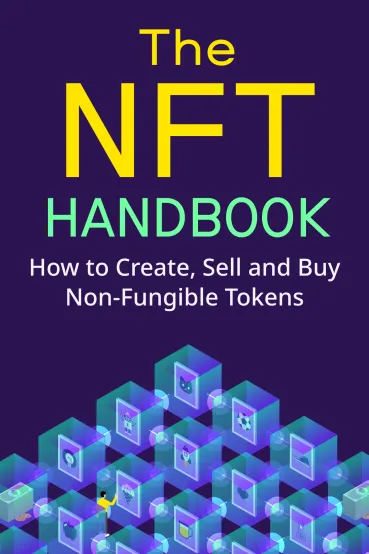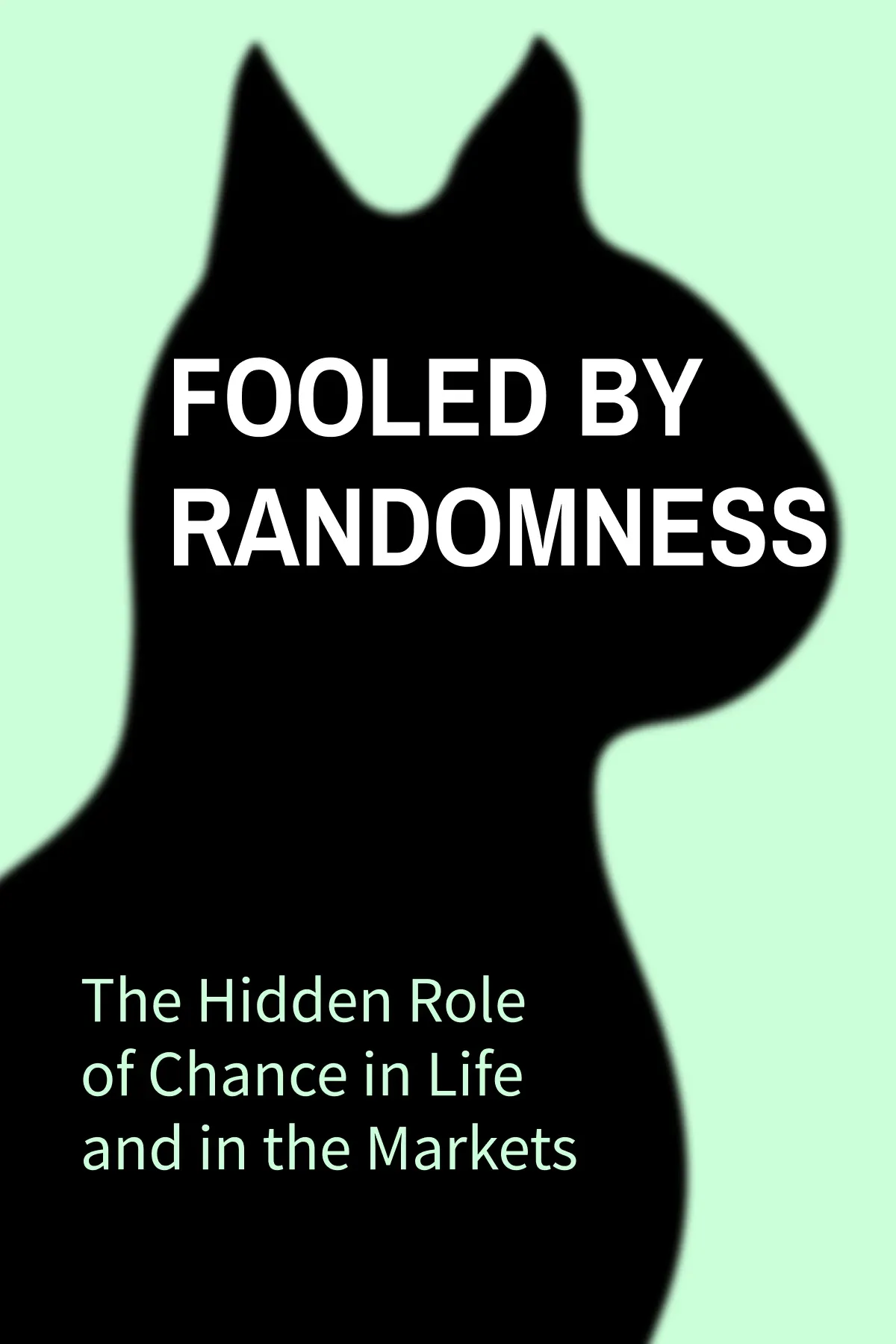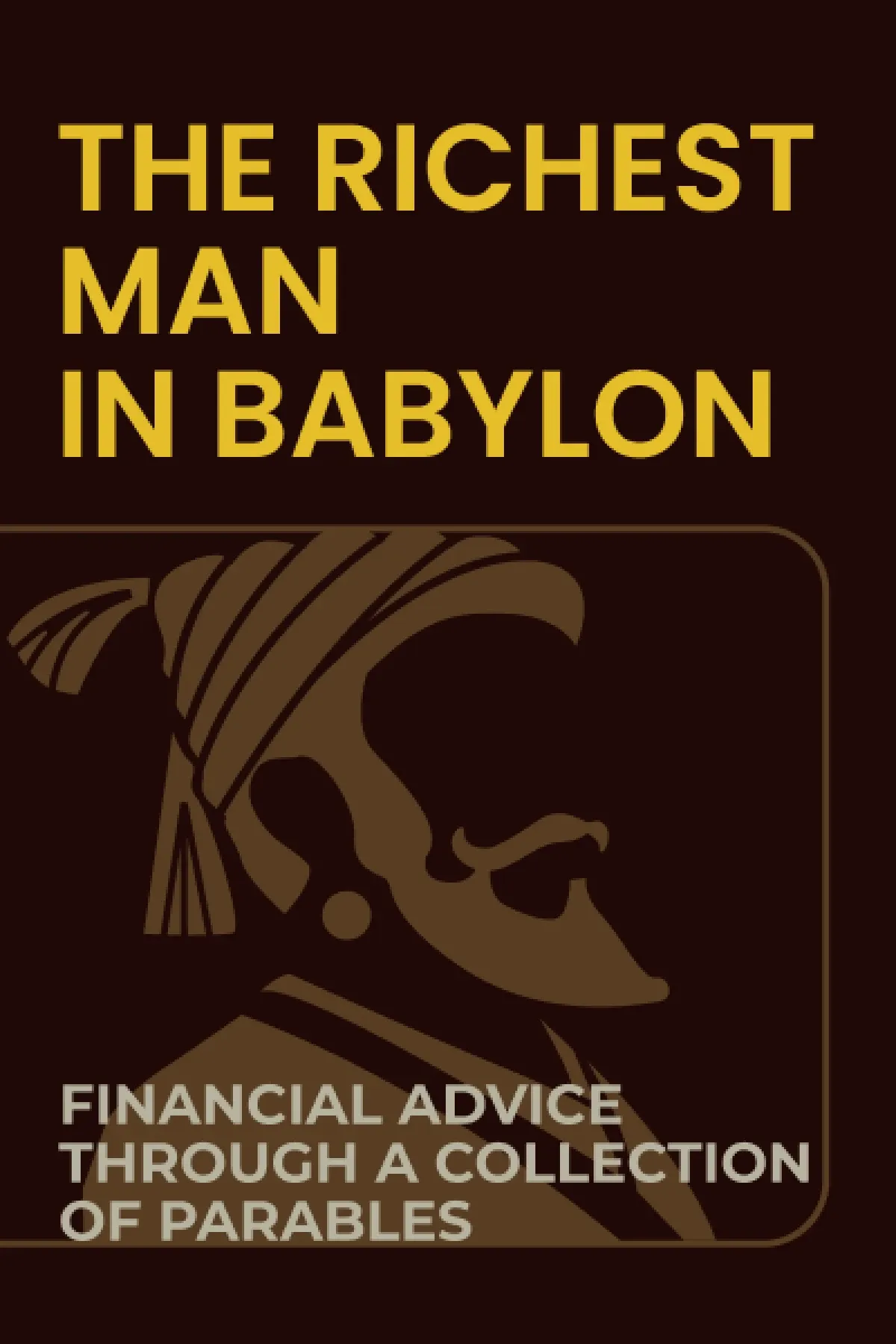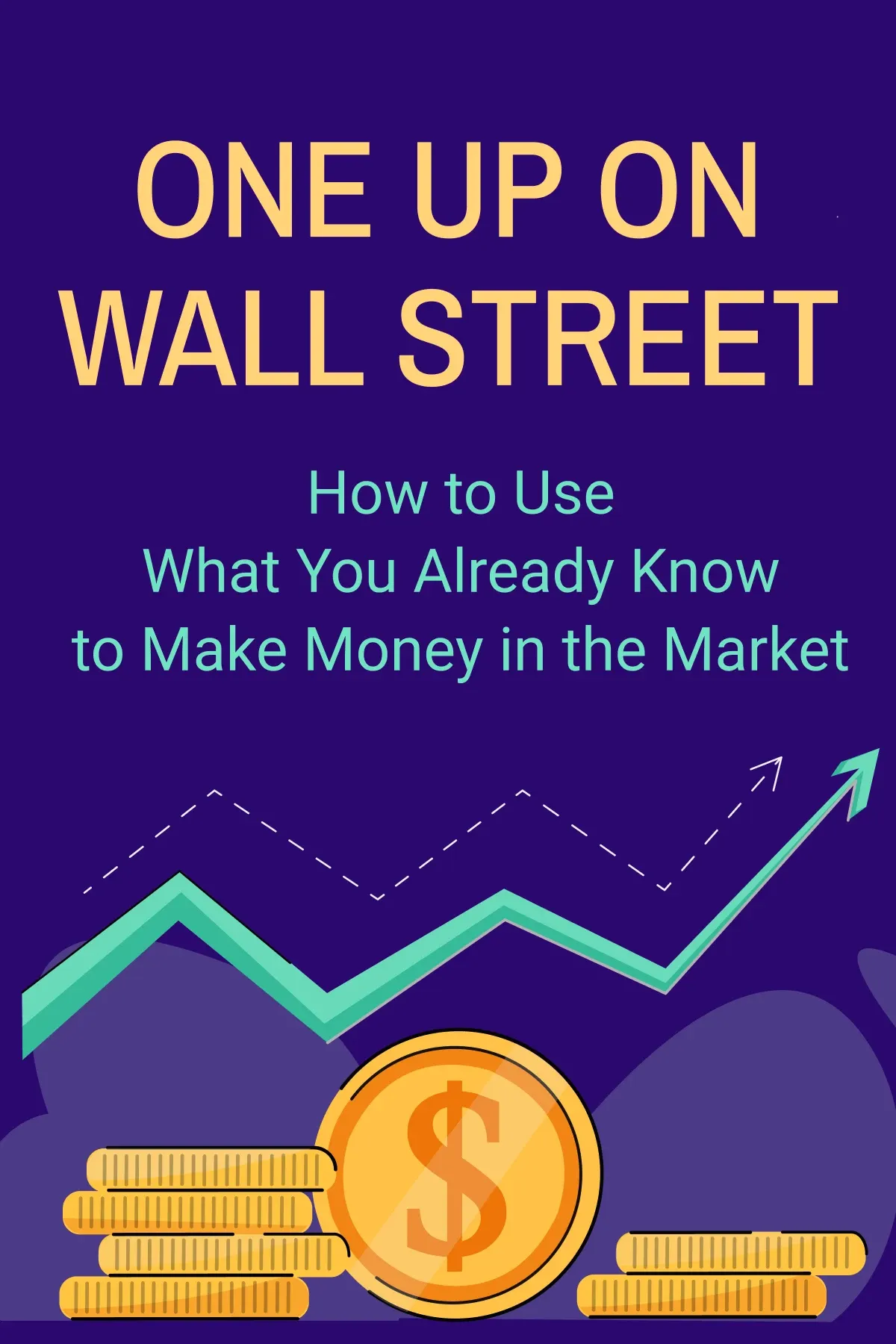
The NFT Handbook
Brief Summary
In today's world, almost everyone has heard of NFTs. Yet what is an NFT, what does it have to do with digital ownership, and how can it help earn sky-high sums and boost social status? Find answers to all these questions in “The NFT Handbook.”
Topics
Key points
Key idea 1 of 7
The digital era has initiated a paradigm shift in ownership. Previously, people could own music, movies, and images only by purchasing the original product from licensed stores. And even if some tried to copy art, it was difficult and expensive.
Today, however, anyone can easily get the desired song or movie by accessing a pirate site and downloading it. Duplicating photos, re-recording videos, and creating dozens of copies of clips has become a matter of seconds. The ownership concept took on a very blurred appearance. Consequently, a need to find new approaches to establishing the authenticity of digital assets has emerged.
If we return to art products, the issue is quite simple to deal with. First, we can introduce music and movies to the market through paid services, such as Netflix or Apple Music. Secondly, we can reduce piracy through stricter enforcement. However, what can we do with the copying of digital currencies?
We can only use the same bill once when we pay with physical money. It is almost impossible to make a fake bill identical to the original. Theoretically, digital currency is more easily replicated than actual currency. Blockchain technology, on the other hand, reduces the risk of duplication and fraud.
Humanity had to create a multi-component and complex algorithm so that no one could interfere with its operation and falsify payments. This is when the blockchain technology was invented. It is a distributed network of many computers that collectively keep a detailed record of all Bitcoin transactions.
Blocks are used to group transactions. These blocks form a safe and impenetrable chain by being cryptographically connected to earlier blocks. Network computers must perform complex calculations to confirm the authenticity of a new transaction and add it to the chain. This approach makes data manipulation almost impossible and ensures high trust in the system.
In fact, blockchain can be used not only for virtual currencies but for any online product. For example, we can record who created a picture, piece of music, or video and track all subsequent ownership transfers. Thanks to the blockchain, this record becomes reliable. This breakthrough laid the foundation for NFTs, representing the ownership of unique digital objects.
You may also like these summaries











